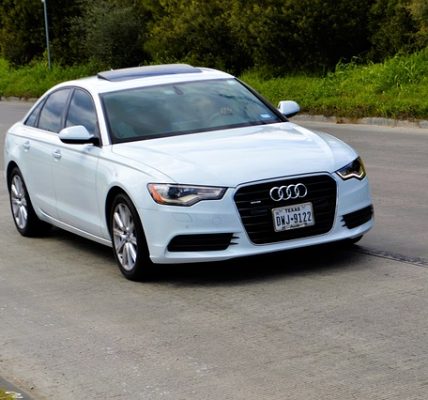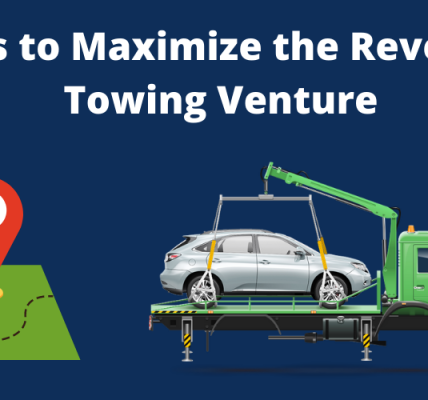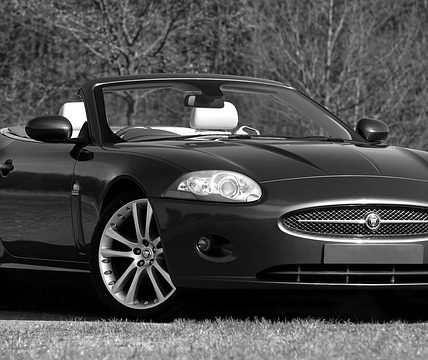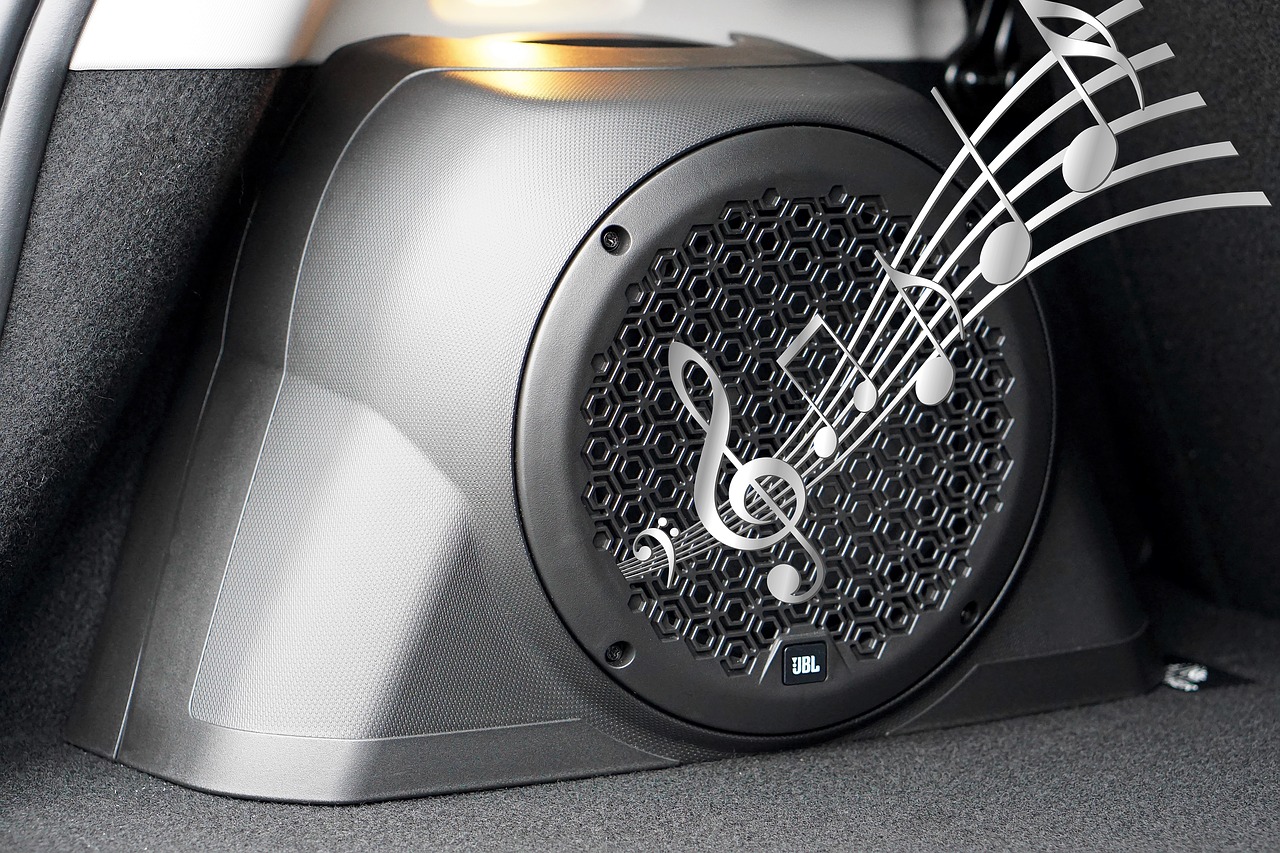
Launched back in 1992, the Jeep Grand Cherokee has become known as one of Jeep’s flagship commercial models. Although many owners report getting more than 200,000 miles on their Grand Cherokee’s, others have noted problems with certain areas of mechanical reliability, as well as issues with rust accumulation on the body and frame, even in some newer models.
Although there’s been much speculation about what causes the vehicle’s predisposition to rust, it seems that the shape of the body and undercarriage lend itself to corrosion when exposed to the elements. This can be the only plausible explanation due to the fact that various types of paints and metals have been used in different trims and models during the past 16 years.
Thus, owners who store their vehicle in a garage tend to preserve the appearance and functionality of their Grand Cherokees longer. Aside from those introductory concerns, here are the four most common problems you may want to check for when purchasing a used Jeep Grand Cherokee:
1. Power Window Motors and Power Seats
A large number of owners report eventually having problems with the power window motors on both sides, as well as problems adjusting the passenger’s side rear view mirror via the power controls. In addition, it’s common for the power seating functionality to stop working after years of use or in case of a related electrical issue. The seating failure may also be related to a broken bracket. Luckily, these are some of the easiest issues to fix, as there are a number of aftermarket repair kits sold by suppliers like jeepseatbracket.com.
2. Warped Front Brake Rotors
Grand Cherokees also tend to have problems with the front brake rotors warping, which causes pulsating vibrations when coming to a stop. Although this may be seen as a minor nuisance by some owners, it can lead to insufficient braking and an uncomfortable ride. When this problem occurs, it’s best to replace the front rotors with a pair of performance grade rotors that are warp-resistant.
3. Failed Thermostat
Many owners have also reported having their check engine (CE) light come on due to a failed thermostat. Of course, the CE light isn’t the only symptom of a failed thermostat, as the vehicle will usually overheat as well. The good news is that replacing a thermostat is a very cheap and easy job that can even be done on a DIY basis by anyone with a basic set of tools.
4. Broken Exhaust Manifold Bolts
As mentioned, rust and corrosion can become a problem in the undercarriage due to the body shape, and the biggest problem this could cause would be rusted and broken exhaust manifold bolts. This is particularly a problem on the driver’s side of the 4.7-liter versions.
Overall Reliability
Every car comes with a long list of potential caveats and maintenance expenses that you’ll inevitably encounter down the road. Taking that into consideration, the problems that the Jeep Grand Cherokee tends to have are usually easy and cheap to fix, so it still gets a good overall reliability grade for its ability to keep running.










![Watch Video Now on xiaohongshu.com [以色列Elevatione perfectio X美容仪 perfectio X 全新仪器黑科技了解下]](https://www.techburgeon.com/wp-content/uploads/2019/07/perfectiox-singapore-150x150.jpg)
